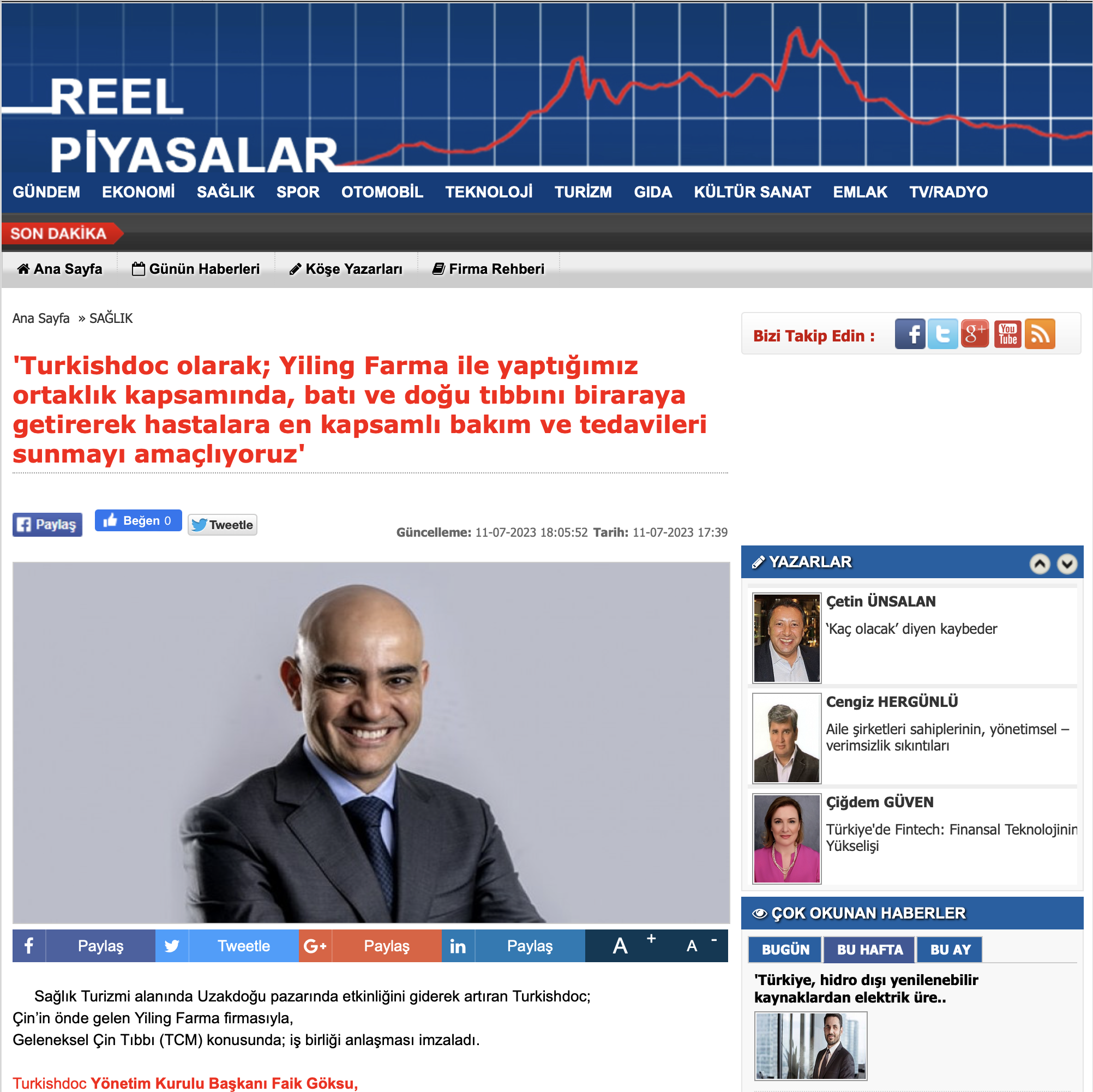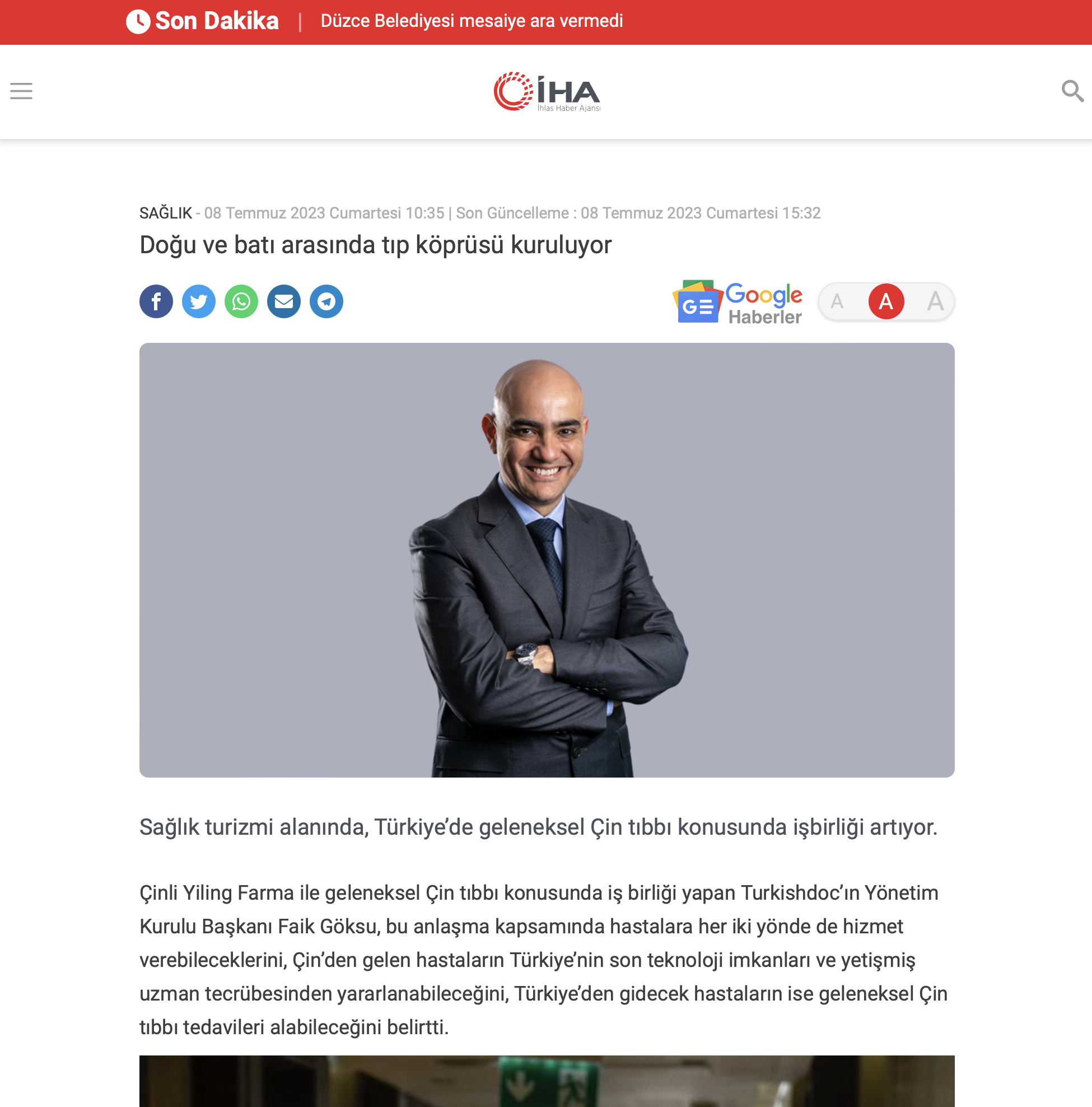Turkishdoc
What Are The Characteristics Of A Safe Operating Room?
The operating room is a safe care unit organized outside the flow of people, built according to certain architectural standards, and whose functioning is subject to certain procedures. Malfunctions in the behavior of personnel, movement of people, patients, equipment and waste can cause nosocomial infections.
In this blog post, we will delve into the key characteristics of a safe operating room, exploring factors such as sterility, layout operation room, and the pivotal role of advanced technology.
Operating Room Procedures In Turkey
The objective of an operating room is to provide patients with high-quality care aimed at improving and even restoring their health within a reasonable timeframe and at the lowest cost, i.e., with minimal organizational complications. This is achieved by using appropriate equipment and bringing together all necessary medical and paramedical skills.
As a result, the management of the operating room requires strict discipline from all personnel working there.
Operating rooms are generally divided into three zones: protected, controlled access and limited access.
- The protected area is where staff interact with the outside: it includes changing rooms and the patient reception area.
- The controlled access area includes clean storage units and instrument handling areas.
- Finally, the controlled area is where surgeries are performed and sterile materials are stored. This area includes operating theatres, rooms with sinks for surgical washing, the sterilization room and the sterile reserve.
Each zone is connected to the others by circulations that must guarantee functionality while maintaining safety in terms of risk of infection.
Are Operating Theaters In Turkey Safe? Do They Care About Hygiene?
The Turkish Ministry of Health mandates specific rules for operating rooms in Turkey. These guidelines aim to prevent wound contamination or infections at other susceptible sites during treatments or explorations, both in the operating room and at the nursing unit level.
Protective Gloves
Surgical gloves reduce the risk of infection for both healthcare workers and patients. Preferring the use of double gloves is recommended to decrease exposure to blood-borne infections and reduce the risk of injury from needles and other sharp instruments.
Air In The Operating Room
To ensure the best air quality, the air conditioning and air filtration systems are also frequently maintained and monitored by an external service provider.
Sterilization
Clothing in the operating room comprises a gown, trousers, hat, and shoes, intended to protect both staff and the patient by preventing possible contamination of the operating field and medical devices.
Hand Washing And Care
Jewelry and watches are prohibited in the operating room. Nails should be short, clean, and unpolished. Hands must be washed thoroughly at every step, and disposable gloves must be worn.
Using Masks
Masks must entirely cover the nose and mouth, fit the face perfectly, and be secured with two cords tied at the back of the head. Before entering the surgery, the patient should remove their clothes in the protected area and don a patient gown, cap, slippers, and clean sheets.










